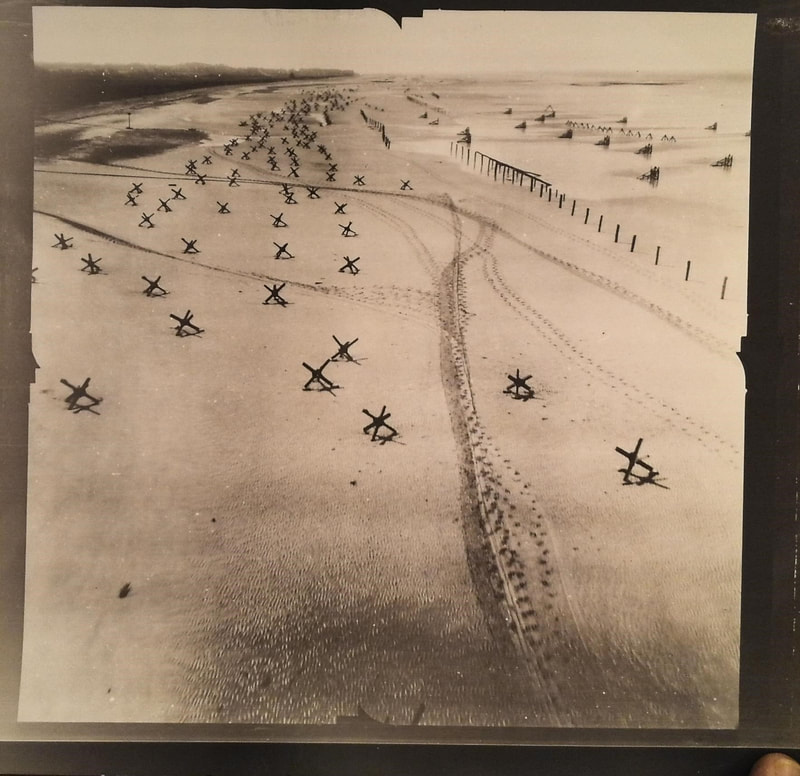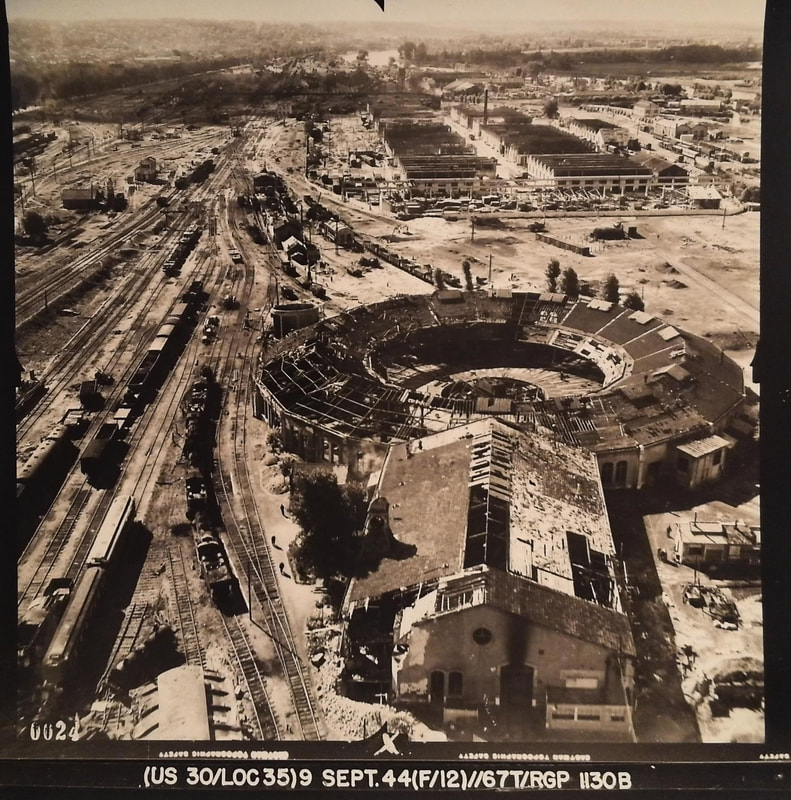 We are excited to announce that the museum will be opening on Saturday, July 11, 2020. We will only be open on Saturday's from 11am to 5pm to allow time for the museum, aircraft, and vehicles to be cleaned. A donation of $5 per person is suggested to help us through this difficult time. All patrons visiting the museum must wear a mask upon entering. If you do not have one, you can purchase one in our PX. Hand sanitizer will be placed throughout the museum for use. The museum gift shop will be open, but only 2 people will be allowed in at one time. In order to keep a safe distance for people, aircraft and vehicles will be on the ramp during open hours. If weather is a factor, we will limit the number of people in the museum at one time. We thank you for your patience and understanding during this time and we look forward to seeing you all.
0 Comments
The 30th Reconnaissance Squadron was established on 1 May 1943 as a Photographic Reconnaissance Squadron, initially trained under Second Air Force in Colorado; reassigned to Third Air Force in Oklahoma where the squadron received P-38E/F-4 Lightning reconnaissance aircraft.
Deployed to the European Theater of Operations (ETO) in England, being assigned to Ninth Air Force. Initially stationed at the Royal Air Force reconnaissance training school at RAF Chalgrove, later moved to RAF Middle Wallop where the squadron became operational in the ETO. The squadron arrived in Chalgrove in late February 1944 and began operations in March. Engaged in unarmed and extremely hazardous combat operations over Occupied Europe, mapping 6,000 square miles (16,000 km2) of the Netherlands and flew bomb-damage assessment missions over marshalling yards and gun emplacements in Belgium, the Netherlands, and France, in April 1944. Earned DUC for participation with 10th Photographic Group, 7–20 May 1944, in photo reconnaissance of Utah beach for Normandy invasion. The citation read, in part: "Employing specially modified equipment installed in unarmed P-38 type aircraft, the intrepid pilots of the 10th Photographic Reconnaissance Group undertook the most hazardous missions. Flying unarmed and unescorted and at altitudes as low as twenty-five feet, they fearlessly piloted their aircraft over the difficult photographic runs in the face of intense fire from some of the strongest anti-aircraft installations in western Europe." Dicing, was the term used when referring to these extremely low-altitude flights over Utah Beach. Flew sorties over France on D-Day making visual and photographic reconnaissance of bridges, artillery, road and rail junctions, traffic centers, airfields, and other targets. Moved into liberated area of France in early July, flying weather missions, made visual reconnaissance for ground forces, and photographed enemy positions to assist the First and Third Armies; Twelfth Army Group, and other Allied forces in the drive to Germany. Flew its first mission over Germany on 24 August 1944. Took part in the offensive against the Siegfried Line, Sep–Dec 1944, and in the Battle of the Bulge (Ardennes-Alsace), Dec 1944 – Jan 1945. From then until the close of the war in Europe, the squadron photographed dams and bridges on the Roer River in preparation for the ground offensive to cross the river, and aided the Allied assault across the Rhine River and into Germany. Flew its 2,000th operational mission on 22 March 1945. Flew missions to Berlin on 8 April and to Dresden on 10 April 1945. Returned to the United States in July 1945, being assigned to Third Air Force, Continental Air Command at Drew Field, Florida. Squadron demobilized without becoming fully operational during the fall of 1945, inactivating on 7 November |
AuthorWelcome to the CAF MN Wing Blog. You will find information on projects we are working on, upcoming events, and more. Archives
April 2024
Categories
All
|







 RSS Feed
RSS Feed